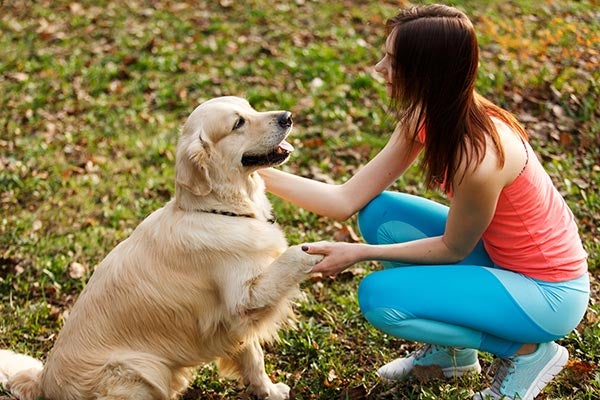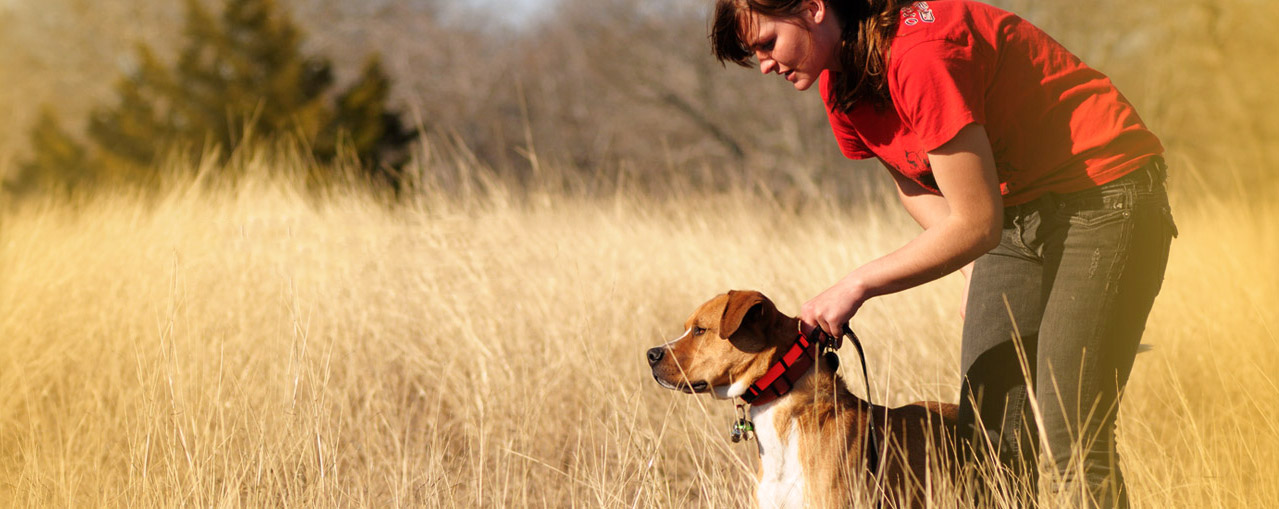Just how to Choose the Right Technique for Effective Dog Training
Just how to Choose the Right Technique for Effective Dog Training
Blog Article
Important Tips for Successful Dog Training: An Overview for Animal Owners
Effective dog training is a complex procedure that requires a critical strategy customized to both the pet's temperament and the proprietor's objectives. Trick components such as establishing regular commands, using favorable support, and promoting early socialization play vital duties in promoting a well-adjusted canine companion. Nevertheless, numerous pet dog owners experience challenges that can hinder development, causing frustration and unpredictability. Understanding just how to navigate these obstacles can considerably improve the training experience, ultimately changing the connection in between owner and canine. What are the crucial techniques that can be employed to ensure success in this venture?
Recognizing Canine Actions
Comprehending canine actions is essential for effective training and cultivating an unified relationship between canines and their owners. dog training. Pets communicate mostly with body language, vocalizations, and actions, making it essential for owners to interpret these signals properly.

Socializing plays a considerable role in dog behavior; direct exposure to various settings, individuals, and other pets can considerably affect a pet's character. Additionally, factors such as breed attributes and private character need to guide training approaches, as some breeds may have particular behavior attributes that require tailored approaches. By comprehending these elements, owners can produce a supportive setting that encourages positive habits, bring about effective training end results and a much deeper bond with their animals.
Establishing Constant Commands
Reliable interaction with your canine starts with establishing consistent commands. This fundamental component of training is crucial for fostering understanding in between you and your pet dog. Uniformity in the commands you use ensures that your pet dog can accurately connect specific words or expressions with the wanted behaviors.
When choosing commands, choose clear, distinct words that are simple to set apart and state from one another. Stay clear of using similar-sounding commands that might perplex your pet. Utilizing "sit" and "stay" is suitable, but "sit" and "hit" could lead to misconceptions.
Furthermore, maintain the exact same tone and volume for each and every command. Canines are delicate to vocal cues, so varying your tone can produce complication.
It is similarly important to ensure that all household participants are on the exact same page regarding the commands utilized. A united front in command usage will certainly avoid combined signals and strengthen the discovering process.
Positive Support Methods
The power of positive support in pet dog training depends on its capability to encourage wanted habits through incentives and appreciation. This strategy is grounded in the concept that habits complied with by positive end results are most likely to be repeated. By including favorable support right into your training routine, you can successfully shape your pet's behavior in a constructive manner.
To implement positive reinforcement, it's important to determine what motivates your pet, whether it be deals with, playthings, or verbal praise. When your pet carries out a desired activity, such as resting on command, promptly award them with a treat or affection. This organization in between the command and the positive result enhances their understanding.
It's essential to timing the benefits correctly; supplying the support within secs of the desired actions aids your dog make the link (dog training). Additionally, consistency is vital-- important source make certain that all member of the family make use of the exact same commands and reward systems to prevent complication

Progressively, you can reduce the frequency of deals with as your canine finds out the behavior, transitioning to commend or intermittent benefits. This method not just fosters a strong bond between you and your canine but likewise advertises a favorable discovering atmosphere, making educating a pleasurable experience for both.
Socialization and Interaction
Regularly revealing your pet to a selection of atmospheres, people, and various other animals is important for their social growth. Socializing must start early, preferably throughout the crucial home window of 3 to 14 weeks, when young puppies are most responsive to new experiences. Nonetheless, older pet dogs can also benefit from continuous socialization initiatives.
Present your dog to different settings, such as parks, pet-friendly shops, and metropolitan locations. This direct exposure aids them adjust to different stimulations, decreasing stress and anxiety and anxiety actions. Urge favorable communications with various other pet dogs and people, guaranteeing that these encounters are controlled and secure to cultivate confidence.
Make use of organized playdates with Learn More courteous dogs, as this can improve your canine's social skills and educate them ideal actions. Obedience courses and training sessions additionally provide outstanding opportunities for socialization, enabling your canine to communicate with others in a monitored environment.
Display your dog's body movement during communications, as this will assist you determine their comfort level. Gradually raise exposure to more difficult situations while ensuring that each experience is positive. A well-socialized dog is a lot more most likely to exhibit well balanced actions, making them a joy to have in any kind of setting.
Attending To Typical Training Difficulties
Every pet dog owner will certainly experience training difficulties eventually, no matter their canine's age or socialization level. Identifying usual issues such as stubbornness, diversions, and fearfulness can assist in creating reliable strategies for improvement.

Slowly introduce diversions as the pet ends up being extra efficient in commands. Short, regular training sessions are additionally effective in preserving attention.
Terror can impede a canine's understanding process. Progressive desensitization to the resource of anxiety, coupled with positive support, can assist ease anxiety. Perseverance is important; never compel a pet into a circumstance that causes distress, as this may aggravate the concern.
Ultimately, understanding and resolving these usual challenges with an organized technique will cultivate a more productive training experience, reinforcing the bond in between dog and owner while promoting efficient discovering.
Final Thought
In summary, successful dog training relies upon a comprehensive understanding of canine habits, the facility of constant commands, and the application of favorable reinforcement techniques. Socialization plays a crucial function in establishing well-adjusted pet dogs, while dealing with typical training difficulties calls for persistence and adaptability. By executing these vital techniques, pet dog owners can foster a solid bond with their canines and advertise desirable actions, inevitably causing an unified partnership between human beings and their canine friends.
Recognizing pet actions is necessary for reliable training and promoting a harmonious relationship in between pooches and their owners.Socializing plays a substantial function in pet habits; exposure to numerous settings, people, and other pets can significantly affect a dog's personality.The power of favorable reinforcement in pet dog training lies in its capacity to urge desired behaviors via benefits and appreciation. By including favorable support into your training routine, you can effectively shape your canine's behavior in a useful way.
In summary, effective pet training depends great site on a comprehensive understanding of canine behavior, the facility of regular commands, and the application of favorable reinforcement strategies.
Report this page